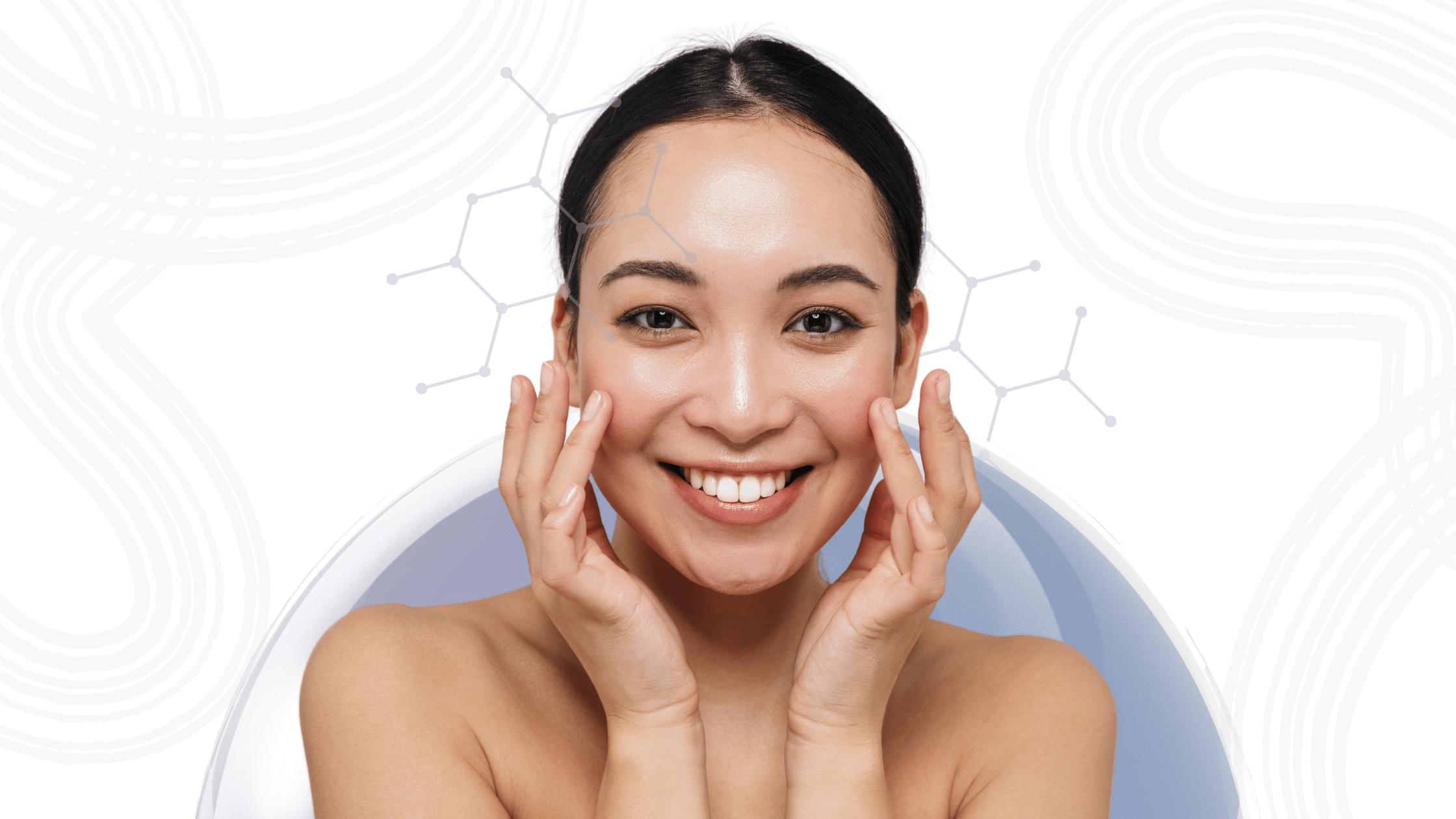
From Research to Practice - Lactoferrin for Acne Management
Overview
In recent years, the field of dermatology has seen significant interest in natural bioactive compounds that offer both efficacy and safety in managing skin conditions, particularly acne. Among these, Becura® Lactoferrin with Retinyl Palmitate has emerged as a promising therapeutic combination. Derived from naturally occurring proteins and micronutrients, this formulation has demonstrated multifaceted benefits in skin health through antimicrobial, anti-inflammatory, and antioxidant mechanisms.
In this article, we explore the clinical potential of Becura®’s lactoferrin-based formulation in dermatology, with particular attention to its synergistic role when combined with Retinyl Palmitate and other micronutrients in acne care.

Understanding Lactoferrin: Mechanism and Dermatological Relevance
Lactoferrin is an iron-binding glycoprotein predominantly found in human secretions such as milk, tears, and saliva. It plays a pivotal role in host defense mechanisms due to its antimicrobial and anti-inflammatory properties. In dermatology, lactoferrin is of particular interest for its ability to inhibit the growth of acne-associated pathogens like Cuti Bacterium acnes and to reduce inflammation in the pilosebaceous unit.
A clinical study published in the Journal of Dairy Science (Reference: PubMed ID: 16621235) demonstrated that supplementation with lactoferrin significantly reduced acne lesion counts in participants over a 12-week period. The study attributed these results to lactoferrin’s ability to modulate immune response and sebum composition, making it an effective adjunct in acne treatment protocols.
The Role of Retinyl Palmitate in Skin Regeneration
Retinyl Palmitate, a vitamin A derivative, is widely recognized for its role in promoting skin cell turnover, reducing hyperkeratinization, and stimulating collagen production. Unlike Retinoic Acid, Retinyl Palmitate is less irritating and better tolerated, making it suitable for sensitive or acne-prone skin.
When used in combination with Lactoferrin, Retinyl Palmitate enhances epidermal repair and reduces post-inflammatory hyperpigmentation. The synergistic action helps in normalizing skin cell function, a crucial factor in managing both inflammatory and non-inflammatory acne lesions.
Clinical Synergy: Lactoferrin With Retinyl Palmitate
The combination of Lactoferrin with Retinyl Palmitate, along with supportive nutrients like Omega-3 fatty acids, Vitamin B3 (Niacinamide), B5, E, and probiotics, is a scientifically-backed formulation designed to address acne pathogenesis from multiple angles.
One such product is Becura® Lactoferrin with Retinyl Palmitate, Omega-3, Vitamin B3, B5, E, and Probiotics. This supplement has been developed to provide a comprehensive dermatological solution by targeting the four primary factors contributing to acne:
-
Bacterial Overgrowth – Lactoferrin’s antimicrobial properties inhibit C. acnes.
-
Inflammation – Omega-3 and Niacinamide reduce cytokine activity.
-
Sebum Dysregulation – Lactoferrin and B5 help normalize lipid profiles.
-
Hyperkeratinization – Retinyl Palmitate promotes cell turnover and unclogs pores.
Supporting Ingredients: Enhancing Dermatological Outcomes
-
Niacinamide (Vitamin B3): Acts as an anti-inflammatory and reduces the production of sebum. It also improves skin barrier function and decreases pigmentation.
-
Vitamin B5 (Pantothenic Acid): Known for accelerating wound healing and enhancing the repair of the epidermal barrier.
-
Vitamin E: A powerful antioxidant that protects skin from oxidative stress and aids in the repair of damaged tissues.
-
Omega-3 Fatty Acids: Anti-inflammatory agents that help reduce erythema and edema in inflamed acne lesions.
-
Probiotics: Play an essential role in balancing the skin microbiome, reducing systemic inflammation, and preventing acne flare-ups triggered by gut dysbiosis.
Dermatological Applications and Treatment Protocols
For clinicians, integrating Lactoferrin with Retinyl Palmitate into acne treatment regimens offers a safe, evidence-based adjunct to traditional therapies like benzoyl peroxide, retinoids, and antibiotics. Given the rise in antibiotic resistance, lactoferrin's natural antibacterial properties are especially relevant.
Recommended usage for patients typically involves:
-
Dosage: As per product labeling or physician discretion, usually one capsule per day.
-
Duration: Minimum of 8-12 weeks to assess efficacy, aligned with skin cell regeneration cycles.
-
Monitoring: Regular dermatological assessments to track lesion counts, skin texture, and pigmentation improvements.
This integrative approach is particularly suited for patients seeking non-prescription interventions or those with contraindications to conventional therapies.
Safety Profile and Tolerability
Lactoferrin and Retinyl Palmitate have an excellent safety profile when used within recommended dosages. The formulation by Becura® is designed to minimize gastrointestinal discomfort and irritation commonly associated with standalone retinoids. It is also suitable for long-term use under medical supervision.
It’s essential, however, for clinicians to assess each patient’s medical history, including allergies, existing medications, and pregnancy status, before initiating supplementation.

Conclusion
The combination of Lactoferrin with Retinyl Palmitate represents a significant advancement in acne therapy offering a multi-targeted, scientifically grounded, and well-tolerated option for dermatologists and skin care professionals. By incorporating such formulations into patient care, practitioners can enhance therapeutic outcomes, reduce dependence on antibiotics, and support the skin’s natural healing processes.
As demonstrated in clinical research and supported by advanced nutraceutical products like Becura® Lactoferrin with Retinyl Palmitate, this approach is well-suited for modern dermatological practices committed to evidence-based, holistic care.
References
-
Kim J, Ko Y, Park YK, Kim NI, Ha WK, Cho Y. Dietary effect of lactoferrin-enriched fermented milk on acne vulgaris. J Dairy Sci. 2006 Apr;89(4):1110-6. doi:10.3168/jds.S0022-0302(06)72180-4.
PubMed ID: 16621235


